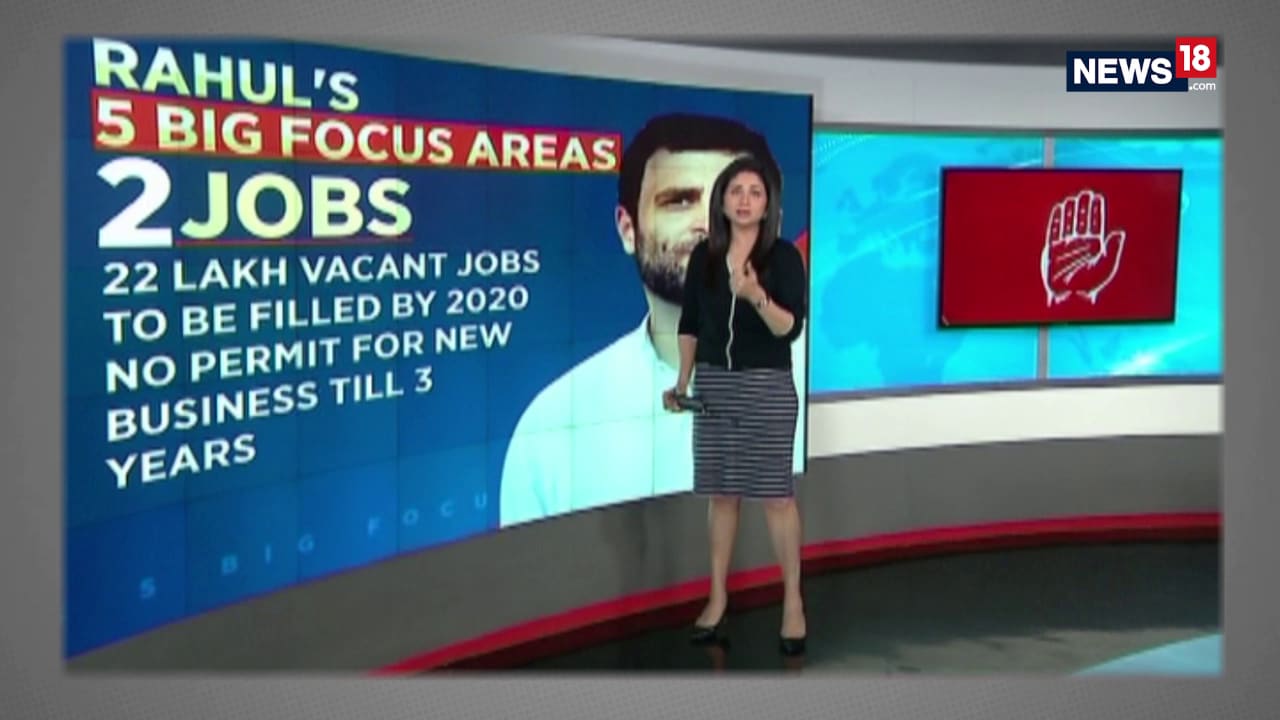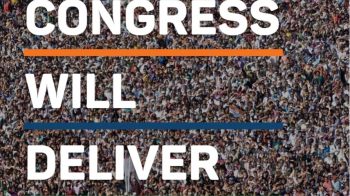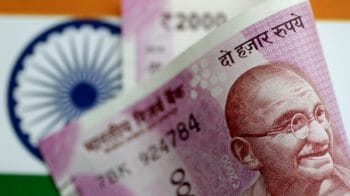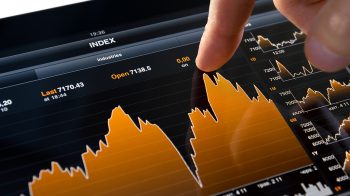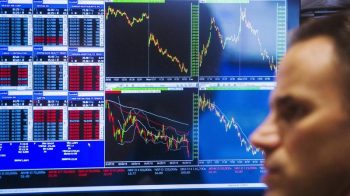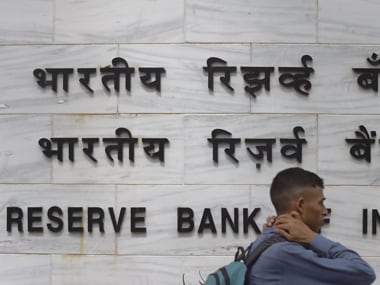Flat Philips curves and an inverted yield curve are giving headaches to policymakers
Amol Agrawal
The flattening Phillips curve in most advanced economies and inverting yield curve in the US is giving policymakers sleepless nights worldwide. Both of them indicate things are not well in their economies and an inverting yield curve actually implies a recession ahead!
But first, the basics. Let’s start with the Phillips Curve. In the late 1950s, A.W. Phillips, a New Zealand born economist, plotted the unemployment and inflation data for UK economy and found an inverse relationship between the two variables. A similar relationship was seen in the US economy as well. This led to the famous Phillips Curve in macroeconomics, which said there is a trade-off between the two variables and a policymaker could choose between the two. Actually, Irving Fisher had documented the same relationship in the US economy thirty years ago, but went unnoticed. This could easily have been named the Fisher curve as well!

What does this inverse relationship mean? Say an economy is suffering from high unemployment and wants to lower it. All the policymakers have to do is ease policy (say interest rates), which will lead to a rise in output and employment and also lead to higher inflation. Gradually as the unemployment situation eases, the policymakers can tighten policy again and inflation begins to decline. Thus the Phillips curve became a very important tool for both macroeconomists and policymakers, as one could manoeuver policy based on the two variables.
This Phillips curve relationship broke down in the 1970s as both inflation and unemployment rose, a phase called Stagflation by economists. This led to Milton Friedman’s idea that at most there is a short-run trade-off between the two variables and over the long run, easy policy only leads to higher inflation. Thus the Phillips Curve was not inversely related but vertical over the long-run. Since then, most economists and central banks have bought this dictum and look only at inflation, ignoring unemployment (barring the Federal Reserve). The central banks first started targeting money supply to control inflation but as this approach was not useful, they shifted to interest rates, which has become the standard for central banking. In the 1990s, quite a few central banks even adopted inflation targets which became increasingly popular, only to be tested during the 2008 crisis.

Fast forwarding to today, what is interesting is that the Phillips Curve which was seen as steep or vertical has now become flat! What this means is that a big increase in unemployment will lead to a very small change in inflation. This is strange as one always thought that central banks can easily create inflation but not bring about changes in unemployment. But what we instead see is the opposite.
Post-2008 crisis, most central banks cut rates to zero or negative levels and provided additional liquidity. There were fears that this would create high inflation, yet we are stuck with low inflation and, interestingly, low unemployment as well.

Economists have debated the reasons for this flatter trajectory of the Phillips curve. One explanation is that central banks themselves have to be blamed as they have not cared for issues pertaining to wages and unemployment. Second, the unions have weakened, leading to reduction in bargaining power of workers. Third, globalized supply chains which very quickly shift production to cheaper destinations could be leading to lower cost pressures. Fourth, some economists have written that large retailers such as Amazon push lower prices across consumer products, leading again to lower inflation.
Now let us look at the inversion of the yield curve. The logic here is that in normal times, markets expect yields to be higher for the longer term compared to the short-term due to the term-premium. However, as markets begin to see a slowdown in future, they begin to shift their investments from short-term bonds to longer term ones. This leads to a rise in demand for long-term bonds which in turn leads to higher bond prices and lower yields. The opposite happens for the short-term bonds whose yields rise, leading to inversion. Thus, inversion of the yield curve is seen as a useful predictor of recessions in US.
We can see this in the graph below as well. Recent research by Michael Bauer and Thomas Mertens suggests that the difference between ten-year and three-month Treasury rates is best suited to represent yield curve inversions and forecasting recessions. We can clearly see how the inversion (where difference is negative) has preceded US recessions in 1980, 1991, 2001 and even 2008. We are seeing similar inversion in recent times too.

This inverting of yield curve along with a flattening Phillips Curve are likely to add to the headaches of policymakers. If the US indeed enters a recession (and others follow given the vast trade and financial linkages with the US economy), then central banks hardly have enough room to cut interest rates. The flatter Phillips curve has led central banks to raise interest rates far more gradually than if the Phillips curve were steeper. In fact, in 2019 most advanced economies have stopped raising interest rates looking at this perceptible slowdown.
The above events once again show how economic data and trends can be a humbling experience for economists. Each time you think the problems have been well understood and there are solutions, comes a new set of problems. Who would have otherwise thought that the central banks cannot create inflation!



















